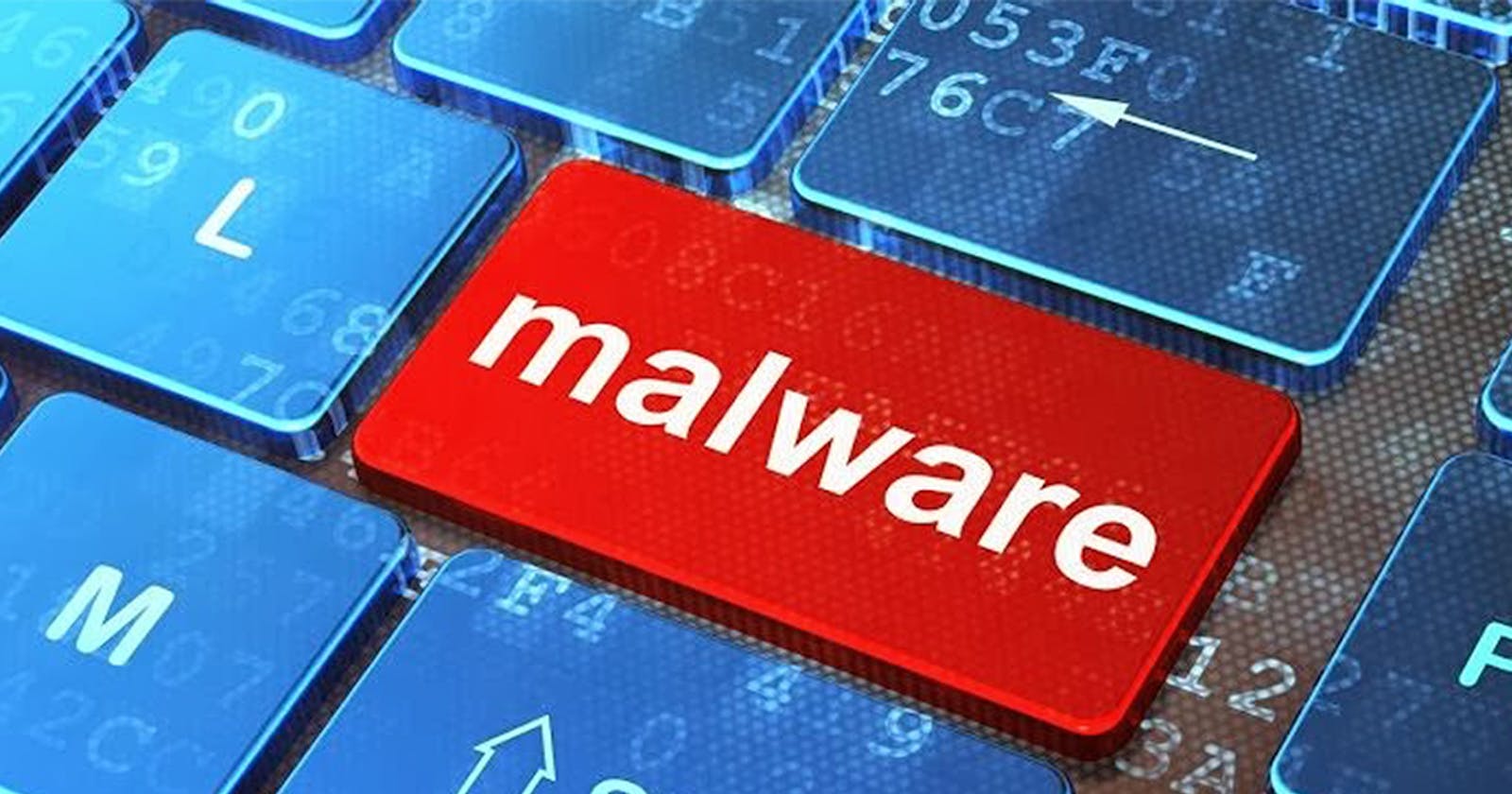Malware, short for "malicious software," is any program or code that is intentionally designed to harm, exploit, or infiltrate a computer system or network. Malware can take many forms, including viruses, trojans, worms, adware, spyware, and ransomware. It can be spread through email attachments, infected websites, or even USB drives.
Malware can cause a wide range of problems for computer users, including stealing personal information, destroying files, hijacking web browsers, and locking users out of their own systems. It can also be used to create botnets, networks of compromised computers that can be remotely controlled by attackers to launch further attacks, send spam, or mine cryptocurrency.
Preventing malware infections requires a multi-layered approach, including using anti-virus and anti-malware software, keeping operating systems and software up to date with security patches, and being vigilant about the emails, websites, and links that you click on. It's also important to use strong, unique passwords and to back up important files regularly to protect against data loss in the event of a successful attack.
If you suspect that your computer has been infected with malware, it's important to take action as soon as possible. This may include running a malware scanner, disconnecting from the internet, and seeking the help of a trained professional if necessary.
In summary, malware is a serious threat to computer security and can have a range of harmful effects on users and their systems. Preventing infections and responding quickly to suspected infections are key steps in protecting against this threat.
